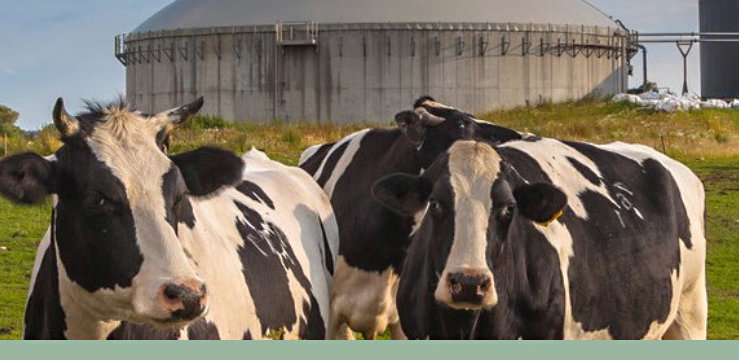
Clean air from agriculture
Agriculture is responsible for more than 90% of ammonia and more than 50% of methane emissions in the EU. Cutting this pollution will make people and animals healthier, save farmers money and help prevent damage to ecosystems. Sustainable agriculture can provide good, healthy food while ensuring clean air and thriving natural ecosystems.
Clean Air Farming promotes knowledge and techniques that can reduce ammonia and methane emissions while encouraging the appreciation of quality food. Meat and dairy should be consumed with the same care they are produced, and not thrown away as food waste. There is enormous potential to reduce emissions from food production.
Learn more about the project
Latest NEWS
31.07.2022 - Laymens Report
Final Layman's report on clean air farming
31.07.2022 - Final Technical Report
Final technical report on clean air farming
28.07.2022 - Video: Farmer's experiences of air quality in dairy farming
11.07.2022 - Report of final conference
Methane Mitigation in Agriculture - How can EU policy contribute?
09.06.2022 - Invitation to conference (German)
Seizing opportunities - overcoming crises: For clean air and climate protection in agriculture
23.05.2022 - DUH Position paper: Methane mitigation in the EU's agricultural sector
DUH has set out its position on why methane in agriculture in the EU needs to be urgently mitigated and how this can be achieved.
02.05.2022 - Report of campaign launch
Deutsche Umwelthilfe and foodsharing e.V. launched a new campaign on the issue of waste at the agricultural level.
21.04.2022 - Report of expert discussion (German)
Animal welfare and immission control in cattle farming
What we do
The hidden source of air pollution
Examples of good practice
Reduced emissions and better animal welfare at a pig farm in Germany
The farm’s manager Ralf Remmert has turned one of his barns into a model and a best practice by rethinking conventional pig farming, and setting the grounds for the so-called “Neudorf Concept”. The key principles of this concept are freedom of movement and structure. In practice, a barn allows the pigs to move within different areas for different activities (resting, feeding, rooting and defecation). In the dropping area, a so-called "pig toilet" separates the urine from the droppings via a conveyor belt. The piglets learn how to use the pig toilet early on from the sow.


